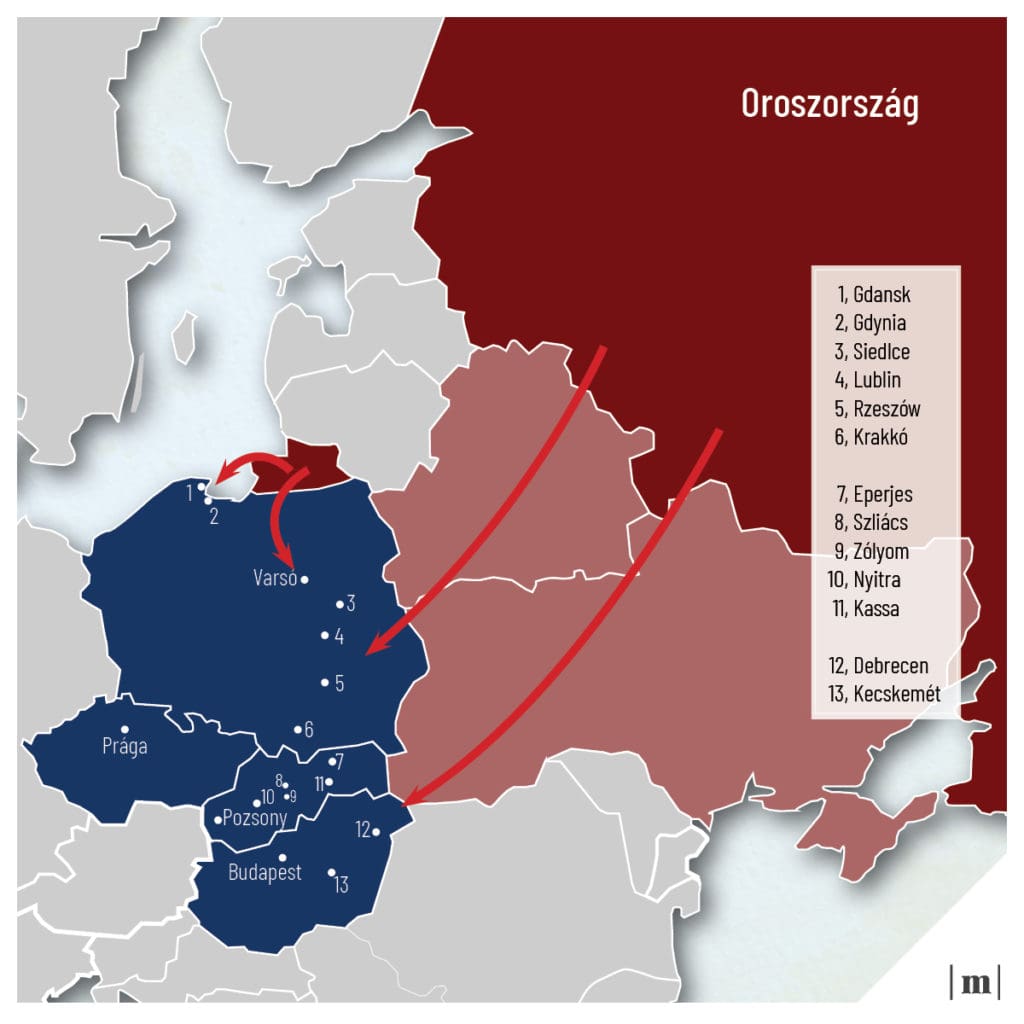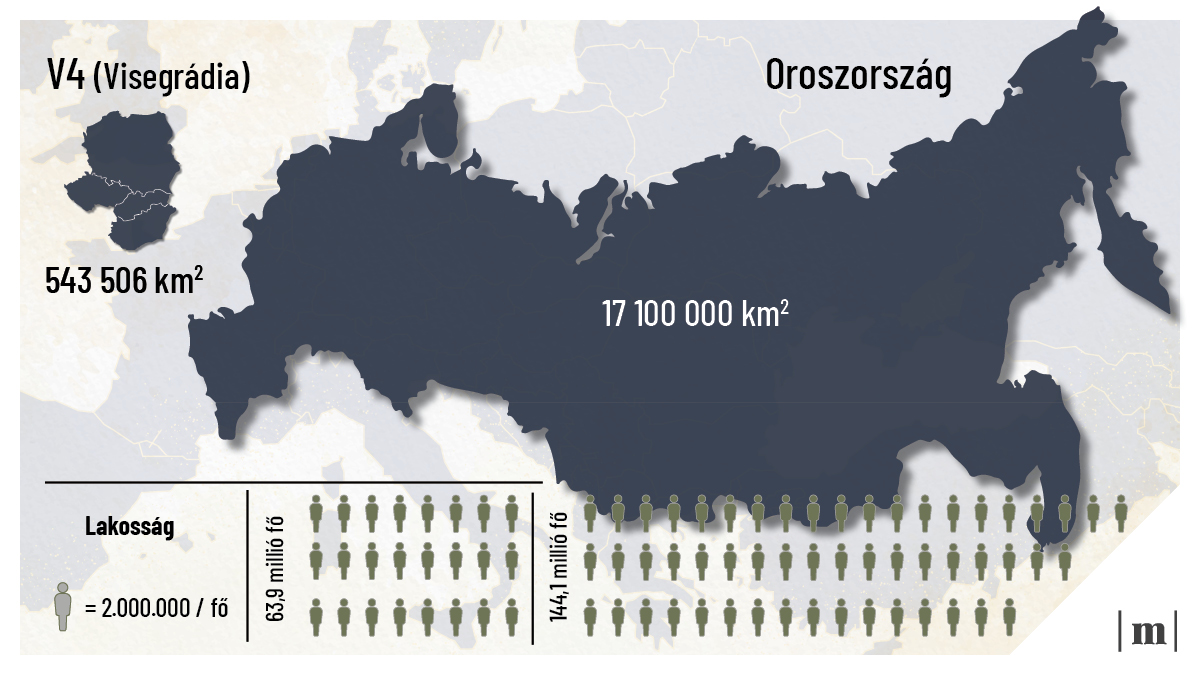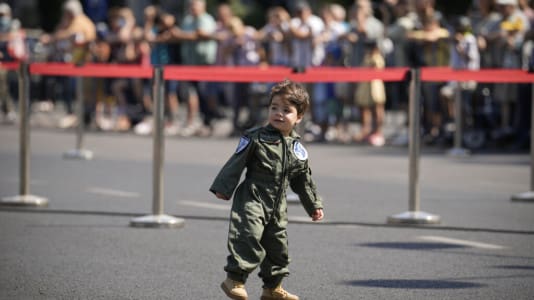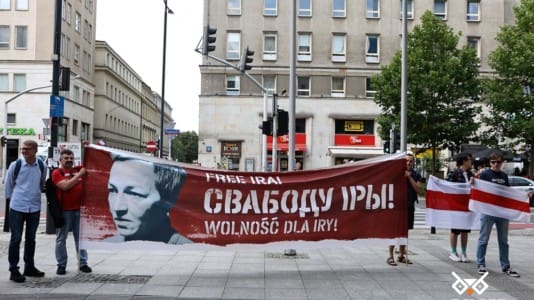With the expert guidance of security policy specialist Péter Bakodi, Hungarian news and opinion portal Mandiner explored the theoretical outcome of a military conflict between Russia and the Visegrád Group. The outcome: a bloody stalemate that would drain the reserves of both sides.
The imaginary scenario is based on several, admittedly not necessarily realistic, assumptions. First, Russia would have occupied Ukraine, making it a neighbor to the region. Second, the four countries of the Visegrád Group are viewed as a compact military alliance, and third, NATO (of which all four countries are part of) would not intervene in the conflict.
The analysis starts with the enumeration of the two sides’ relative military strengths: the Visegrád four, with a population of just under half of that of Russia, would have slightly under 200,000 troops against Russia’s 900,000-strong peacetime force.
In terms of main battle tanks, infantry fighting vehicles and artillery (not taking into consideration their technical level), the balance is somewhat better. Russia meanwhile has a huge advantage in aircraft numbers: it has 1,170 warplanes against the 133 of the imaginary “Visegrádia.”
The same stands for anti-aircraft capabilities and navies — the Kaliningrad region could be a potential naval front. The V4 have a meager two main fighting ships (destroyers, frigates, aircraft carriers) against Russia’s 32, and the Russians have eight times as many anti-aircraft batteries (2,234 vs. 264).
The analysis also showed the potential targets, with Czechia the least threatened by a direct occupation attempt.

Visegrádia would have one major advantage: Its geography provides many natural barriers (mountains and large rivers) to an advancing occupying force, and as these advance, their logistics would become more strained. In the final analysis, Mandiner concluded that although the overwhelming material superiority of Russia would eventually allow it to occupy a sizeable part of the region, “pacifying” it would prove an impossible task, given the people’s anti-Russian sentiment.
This would most likely result in the occupation of small regions and would be a major drain on Russia’s reserves; eventually, a stalemate could lead to an agreement regarding a 200-300 kilometer deep demilitarized zone between the two sides.
Mandiner concluded that a cost-benefit analysis makes it highly unlikely that Russia would be willing to undertake such an adventure. Not to mention the fact that the premise of the entire scenario is based on NATO staying out of the conflict, a highly unrealistic presumption.





